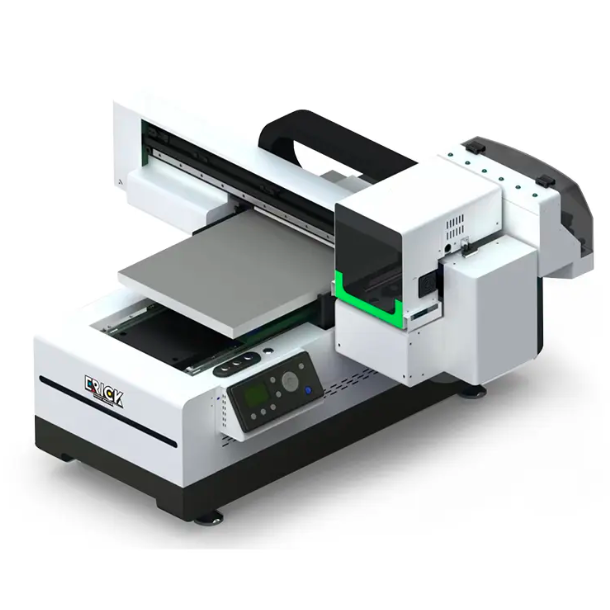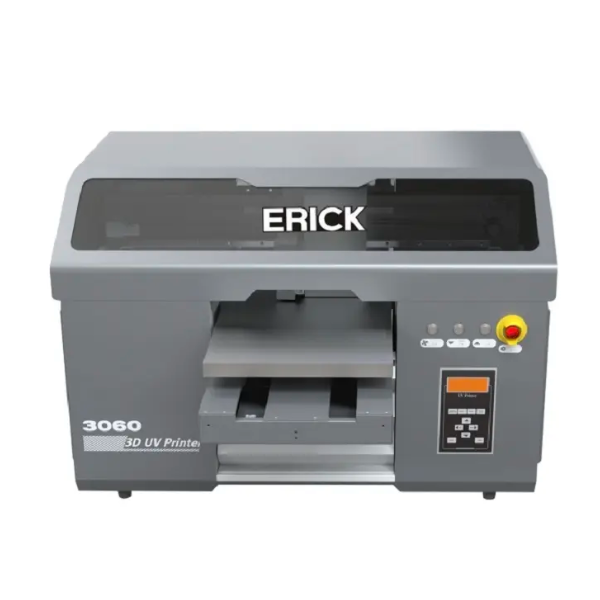In recent years, the printing industry has experienced significant advancements with the introduction of UV printer technology. This innovative printing method has revolutionized the way we think about printing, providing numerous benefits in terms of quality, versatility, and efficiency. In this article, we will explore the impact of UV printer technology on the printing industry.
Enhanced print quality
UV printer technology has transformed the printing industry by delivering impeccable print quality. Unlike traditional printing methods that rely on ink absorption, UV printers use UV-curable inks that immediately dry upon exposure to ultraviolet light. This instantaneous drying process prevents ink from spreading or bleeding, resulting in razor-sharp details, vibrant colors, and crisp text. Whether it's for business cards, banners, or wall graphics, UV printers ensure unmatched print quality that captures attention.
Wide range of printing substrates
A standout feature of UV printers is their ability to print on a wide range of substrates. Unlike conventional printers that are limited to paper, UV printers can successfully print on materials such as glass, wood, metal, plastic, fabric, and even uneven surfaces like stones or ceramics. This versatility allows businesses to explore new possibilities and expand their product offerings, catering to various industries such as signage, packaging, and interior design.
Fast and efficient printing
UV printers enable high-speed printing with excellent efficiency. Since the UV-curable ink dries instantly upon exposure to UV light, there is no need to wait for drying time between prints. This feature significantly reduces production time and ensures a faster turnaround for customers. Additionally, the direct-to-substrate printing capabilities of UV printers eliminate the need for intermediate steps, such as mounting or lamination, further speeding up the printing process.
Environmentally friendly printing
Traditional printing methods often involve the use of solvent-based inks that release harmful volatile organic compounds (VOCs) into the atmosphere. UV printers, on the other hand, utilize UV-curable inks that are VOC-free. The drying process of UV printers is achieved through the curing of the ink using UV light, eliminating the need for solvent evaporation. This environmentally friendly approach has made UV printers the preferred choice for businesses looking to reduce their carbon footprint and comply with sustainability regulations.
Long-Lasting and durable prints
UV printer technology produces prints that are not only visually appealing but also highly durable. The UV-curable inks used in these printers create a robust and resistant finish that can withstand outdoor exposure, scratches, and fading. This durability ensures that printed materials maintain their quality over time, making UV printing ideal for applications such as outdoor signage, vehicle graphics, and indoor displays.
Conclusion
UV printer technology has undoubtedly made a significant impact on the printing industry. With its ability to deliver exceptional print quality, print on various substrates, provide fast and efficient printing, promote environmental sustainability, and produce long-lasting prints, UV printers have become a game-changer for businesses seeking a competitive edge. As technology continues to advance, we can expect further innovations and improvements in UV printer technology, driving the printing industry to new heights.
Post time: Oct-07-2023







